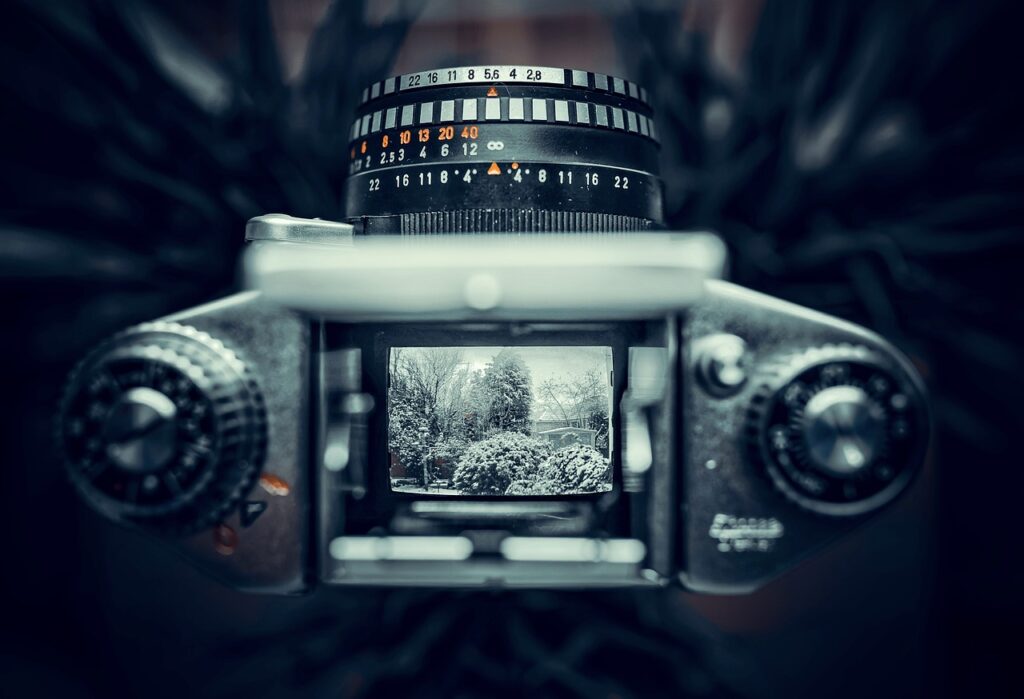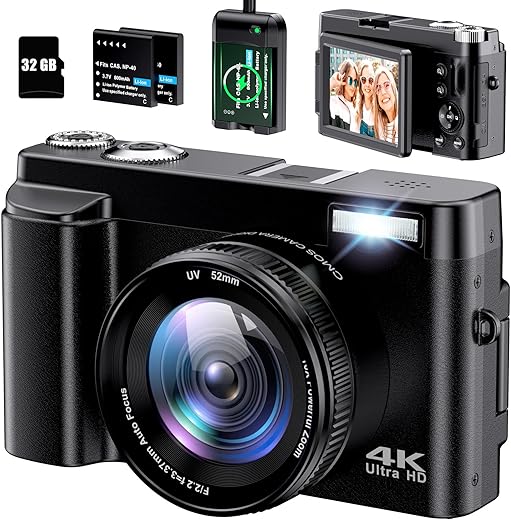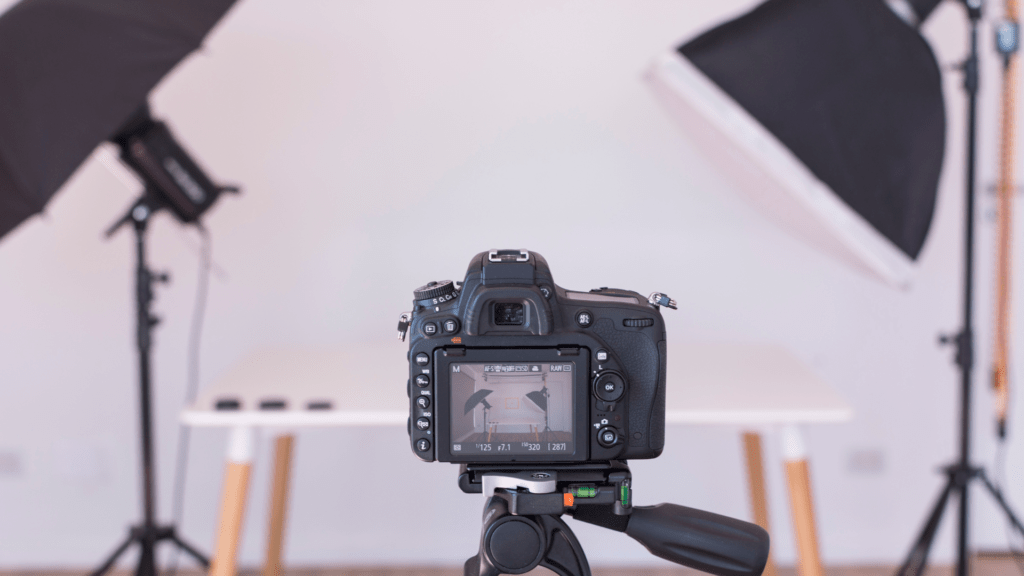As an avid traveler and photography enthusiast, I understand the excitement of capturing stunning moments in new places. However, I also know the anxiety that comes with keeping our digital cameras safe during our journeys. After all, they are not just tools; they hold our cherished memories and experiences. In this blog post, I want to share practical tips and strategies that have helped me protect my camera while traveling. With these insights, I hope to ease your worries and allow you to focus on what matters most: enjoying your adventures and creating unforgettable memories.
1. Choosing the Right Camera Bag
When investing in camera gear, selecting the right camera bag is just as important as the equipment itself. A suitable camera bag not only provides protection for your gear but also enhances your shooting experience by offering convenient access and comfort during your adventures. Below are key considerations to keep in mind while choosing the perfect camera bag.
Protection is Key
One of the primary functions of a camera bag is to shield your equipment from damage. Here are some essential features to look for:
- Padded Compartments: Ensure your bag has thick, padded compartments. High-quality options like the Lowepro ProTactic 450 AW II provide customizable dividers that protect each piece of gear from impacts.
- Water-Resistant Materials: Look for bags made from water-resistant fabrics or those equipped with water-repellent coatings. For example, the Peak Design Everyday Backpack V2 features weatherproof zippers and a durable shell that withstands rainy conditions.
- Secure Closures: Choose bags with reliable closures, such as zippers or magnetic flaps, to prevent accidental openings. The Think Tank Photo Retrospective 7 utilizes a magnetic closure system to keep your gear safely tucked away.
Weight Distribution and Accessibility
Comfort is paramount, especially during extended shooting sessions. Consider these features:
- Backpacks vs. Slings: A backpack often distributes weight evenly on your shoulders and back, reducing fatigue. The F-stop Ajna is designed with a supportive suspension system and padded straps for long hikes. On the other hand, a sling bag, like the Peak Design Slide Sling, allows for quick access to your camera while maintaining comfort on your side.
- Easy Access: Consider how quickly you can retrieve your camera. Look for bags that allow you to access your gear from the side without having to take the bag off. The Lowepro Slingshot Edge 250 AW allows you to swing the bag from your back to your front seamlessly for easy access.
Size Matters
Selecting the right size for your camera bag is critical to ensure it fits your gear snugly without being unwieldy. Here are some practical tips:
- Assess Your Gear: Make a list of your camera and accessories to determine the necessary bag size. Check options like the Manfrotto Pro Light Reloader Switch series, which offers a range of sizes suited for different setups.
- Consider Bulkiness: While it might be tempting to choose a larger bag for future growth, avoid oversized bags that can become cumbersome. Find balance with bags like the Tenba Solstice Backpack, which is compact yet spacious enough for a full DSLR kit.
Comparison Table of Notable Camera Bags
| Brand/Model | Type | Padded Compartments | Water-Resistant | Weight Distribution | Approx. Price |
|---|---|---|---|---|---|
| Lowepro ProTactic 450 AW II | Backpack | Yes | Yes | Excellent | $249 |
| Peak Design Everyday Backpack V2 | Backpack | Yes | Yes | Excellent | $259 |
| Think Tank Photo Retrospective 7 | Messenger Bag | Yes | No | Good | $249 |
| Peak Design Slide Sling | Sling Bag | Yes | Yes | Good | $139 |
| Lowepro Slingshot Edge 250 AW | Sling Bag | Yes | Yes | Excellent | $189 |
| F-stop Ajna | Backpack | Yes | Yes | Excellent | $299 |
| Tenba Solstice Backpack | Backpack | Yes | Yes | Good | $129 |
Protecting Against Weather Conditions
When embarking on a travel adventure, whether it’s a hike through the rainforests of Costa Rica or a photography expedition in Iceland, being prepared for fluctuating weather conditions is crucial. The right approach to safeguarding your gear stretches beyond just hoping for favorable weather. Below are practical strategies and product recommendations to keep your equipment shielded from the elements.
Utilize Rain Covers
Rain covers are indispensable for photographers who find themselves caught in sudden downpours. These lightweight, waterproof covers help keep your camera and lenses dry without the need to stow your gear away. Here are a few excellent options:
- Waterproof Rain Cover: Look for brands like Lowepro or Optech that manufacture rain covers specifically designed for different camera models. The Lowepro Dashpoint 20 is effective for compact camera systems, while the Optech Rainsleeve offers a universal fit for DSLRs with long lenses.
- Custom Fit Options: For those with high-end gear, consider a custom solution such as the Think Tank Photo Hydrophobia 70-200 which is designed to protect professional DSLR setups from challenging weather.
Weather-Sealed Equipment
Investing in weather-sealed camera bodies and lenses can significantly enhance durability against moisture and dust. Here are some of the most reliable options on the market:
- Canon EOS R5: With its robust weather-sealed body, the R5 is well-suited for outdoor conditions, making it a favorite among professional photographers.
- Nikon Z6 II: Another excellent choice, this full-frame mirrorless camera features extensive weather sealing to guard against rain and dust.
- Lenses: Look for lenses designed with weather-sealing, such as the Nikon NIKKOR Z 24-70mm f/2.8 S or the Canon EF 24-70mm f/2.8L II USM for optimal protection.
Silica Gel Packets
To combat moisture build-up within your camera bag, silica gel packets are an effective deterrent against humidity. Here are some practical steps:
- Placement: Carry a few silica gel packets within your camera bag, specifically around compartments where electronics are housed. Brands like DesiPak or Silica Gel have effective variations that can absorb excess moisture.
- Regeneration: Silica gel can be reused. If they become saturated, simply place them in an oven to dry them out and restore their efficacy.
Microfiber Cloths
A microfiber cloth is a travel essential for any photographer. This small, lightweight tool can efficiently clean moisture, dust, and fingerprints off your gear.
- Recommended Brands: The MagicFiber Microfiber Cloth is a highly regarded option that delivers superb cleaning capabilities without scratching your lenses.
- Convenient Storage: Make sure to keep the cloth in an accessible pocket of your camera bag so that it’s readily available whenever needed.
Quick Reference: Weather Protection Products Comparison
| Product Type | Examples | Key Features |
|---|---|---|
| Rain Cover | Lowepro Dashpoint 20, Optech Rainsleeve | Lightweight, waterproof, compact design |
| Weather-Sealed Body | Canon EOS R5, Nikon Z6 II | Built to withstand moisture and dust intrusion |
| Silica Gel Packets | DesiPak, Silica Gel | Moisture absorption, regenerable |
| Microfiber Cloth | MagicFiber Microfiber Cloth | Superior cleaning without scratching |
Practical Tips for Travel
- Routine Checks: Before venturing out each day, check your gear setup and ensure that all protective gear is in place.
- Limit Exposure: If rain is expected, limit the time your camera is exposed to elements when not in use. Use your rain cover or stow the camera away in its bag as needed.
- Be Mindful of Climate: Understand the specific climate where you’re traveling to tailor your gear protection accordingly. For example, in hot and humid environments, ensure to monitor humidity levels carefully to avoid condensation inside your bag.
By following these strategies, you’ll experience peace of mind knowing your gear is well-protected against unpredictable weather conditions, allowing you to focus more on capturing those stunning travel moments.
Handling and Transport Tips for Your Camera
When it comes to photography, proper handling and transport of your camera are just as crucial as knowing how to capture the perfect shot. Ensuring your equipment remains in top condition can greatly enhance your photographic experience. Below are detailed tips to help you safeguard your camera against damage while being on the go.
Avoid Changing Lenses in Crowded or Dusty Environments
Changing lenses in environments filled with dust or where many people are present increases the risk of debris entering your camera. Dust particles can create a myriad of problems, such as spots on your images or internal damage to the camera sensor.
Best Practices:
- Location Selection: Opt for a clean, enclosed space when switching lenses. This could be a car, a building, or even a sheltered area outdoors.
- Use a Lens Change Bag: Consider using a lens change bag, like the Photoflex Lens Changing Bag, to keep your gear safe from environmental factors while you switch lenses.
Utilize a Lens Cap
A lens cap is a simple yet highly effective protective accessory for your camera. When your camera is not in use, keeping the lens cap on prevents dust, scratches, and accidental impacts.
Advantages of Using a Lens Cap:
- Prevents Dust Accumulation: Dust can accumulate on the lens if left exposed, affecting image quality.
- Minimizes Scratches: The glass lens is vulnerable to scratches; a lens cap provides a protective barrier.
Recommended Products:
- Canon EF Lens Cap 58mm: Perfect for Canon users, it effectively covers your lens when not in use.
- Nikon LC-67 Lens Cap: Specifically designed for Nikon lenses, this cap fits securely to provide the necessary protection.
Proper Transport Techniques
Transporting your camera safely can make all the difference. Here are some methods to ensure your equipment is secure during transit:
- Choose a Quality Camera Bag: Invest in a quality camera bag, such as the Lowepro ProTactic BP 450 AW II, which features customizable dividers and ample padding for protection.
- Securely Hold the Camera: When hand-carrying your camera, grip it firmly with both hands. Use the strap to support the weight by placing it around your neck or shoulder.
- Be Aware of Your Surroundings: Whether you are in a crowded space or navigating through narrow areas, be vigilant to avoid knocking your camera into objects or individuals.
Important Tips for Camera Protection
- Use a Tripod for Stability: If you’re shooting for an extended period, use a tripod like the Manfrotto Befree Advanced to ease the strain on your hands and protect against accidental drops.
- Store in a Safe Place: When not in use, avoid leaving your camera exposed in a vehicle, as temperature fluctuations can cause damage. Instead, store it in a climate-controlled space.
- Utilize Accessories to Enhance Protection:
- Weatherproof Cases: For outdoor shoots, consider a weatherproof case like the Pelican 1510, which provides unparalleled protection against the elements.
- Screen Protectors: Invest in a screen protector for your camera’s LCD, such as the Gobe 6.1 LCD Screen Protector, to avoid scratches and smudges.
Summary of Key Points
| Tip | Benefit |
|---|---|
| Avoid changing lenses in dusty areas | Reduces risk of dust entering the camera |
| Always use a lens cap | Protects lenses from dust and scratches |
| Invest in a quality camera bag | Provides padding and organization for equipment |
| Securely hold the camera | Prevents accidental drops or impacts |
| Use a tripod for stability | Reduces strain and increases shooting accuracy |
| Store in a climate-controlled space | Prevents damage from temperature fluctuations |
| Utilize protective accessories | Enhances overall protection against environmental factors |
By following these handling and transport tips, you can help ensure your camera remains in excellent condition, leading to improved performance and longevity. Each simple action contributes to protecting your investment and improving your photographic outcomes.
Final Tips for Ensuring Your Camera’s Safety on the Go
In conclusion, ensuring the safety of your digital camera during travel requires a proactive approach. By selecting appropriate protection gear, being mindful of environmental conditions, handling your equipment with care, and exploring insurance options, you can significantly reduce the risk of damage or loss. Implementing these strategies not only safeguards your investment but also allows you to focus on capturing those unforgettable moments during your adventures. With the right precautions in place, you can travel with peace of mind, confident that your photography gear is well protected.













Has anyone had issues with airlines damaging their cameras? Would love to hear your stories.
Thanks for the reminder to keep it clean! Dust is a killer.
What about protecting it from the elements? Any advice?
Anyone tried a lens cap cover? They’re a lifesaver!
Can’t agree more about insurance. Worth every penny!
Love the idea of using a padded camera bag! Totally need one.
I travel a lot and a good camera strap is a must! Keeps it close.
Great tips! I always worry about my camera while traveling.